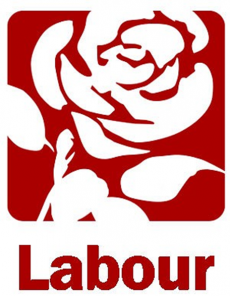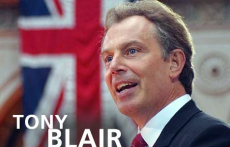
In the scheme of British politics, the Labour Party is still very young. The Party was only established in 1900 and so does not share the same traditional focus as the much older Conservative Party. Instead, Labour was born out of the Trade Union Movement in an age where the working classes were growing in number, but didn’t have a political voice.
As a result of the Party’s socialist origins, Labour ideology revolves around the idea of common ownership, otherwise known as nationalism. The party advocates greater equality and the redistribution of the country’s wealth. These ideas come together to form the concept of the welfare state, a crucial element of Labour ideology, which would enable the government to collect funds in the form of taxes and distribute that money to those who need it most. A little bit like Robin Hood really. The way in which the Party are resolved to achieve this is through their long-established policy of state-intervention. This is the idea that key industries, such as the railways, should be brought under state control, in order to safeguard the interests of the workers; which relates back to their focus on the working classes and trade union power. However, after losing the 1979, 1983 and 1987 elections, the Labour party underwent extensive reform in order to reach out to the public and modernise, in the hope that this would help them appeal to a wider audience. Moreover, for the 1994 General Election, the Party was rebranded as ‘New Labour’ and displayed a clear move away from the starch socialist policies of ‘Old Labour’, towards a more middle ground.
So in short, Old Labour is mostly associated with socialism, whilst New Labour relates mainly to Blair and catch-all policies; meaning policies that are likely to gain the most support.

We’ve looked at what Old Labour wanted to achieve, but what exactly are New Labour aiming for? The easiest way to understand the party’s current objectives is to look at their three main policy areas: economic, social and foreign policy. Should they be elected in the next election, the Labour party would decrease the country’s deficit through increased taxation and spending cuts. They believe that increasing taxes and spending this money on key national organisations is the best possible way to strengthen the British economy and improve the country’s financial situation. With regards to social policy, the party are strongly in favour of increasing welfare provisions for those on lower incomes, in particular, by offering free and subsidised childcare for poorer families so as to allow parents to go out to work. Finally, in terms of foreign policy, the Labour party’s stance remains very much pro-Europe but not so much that they would like to see more powers transferred to the European Union. Instead, the party would like to see a stronger focus on human rights and the limited use of military power. Moreover, these policies combine the traditional values of Old Labour with the modern, less radical position of New Labour.
Though they are currently in opposition; meaning the second largest party in the House of Commons that directly opposes the government, the Labour party has produced a number of influential leaders over the years. Former Labour Prime Ministers include: Clement Attlee - post WW2 Prime Minister and creator of the NHS, Tony Blair – the figure-head for New Labour, and Gordon Brown – ex-chancellor turned Prime Minister, to name but a few. With the next general election fast approaching, the party will be doing all that they can to make Labour policies seem as appealing as possible to the public. However, only time will tell if the red rose of Labour will be the logo of Britain’s next government.

0 Comment:
Be the first one to comment on this article.